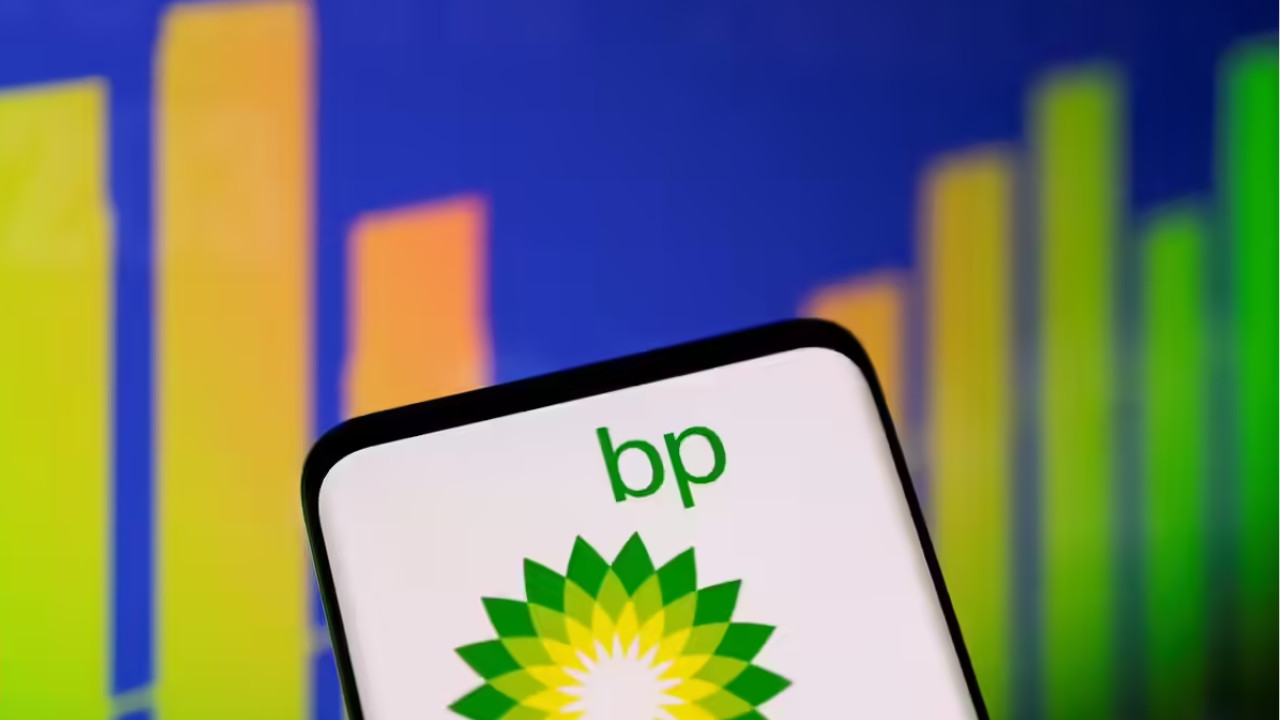BP is divesting its entire US onshore wind energy business to LS Power, signaling a significant shift away from renewables and a renewed focus on oil and gas. This decision follows BP’s recent scaling back of emissions targets and clean energy investments, driven by investor pressure to improve financial performance.
Winds of Change: BP Adjusts Its Course in the Renewable Energy Race
The energy landscape is a restless sea, constantly reshaped by innovation, demand, and, of course, the ever-present economic realities. Recently, a significant ripple has disturbed the surface: BP, the multinational oil and gas giant, is poised to sell its US onshore wind assets to LS Power, while simultaneously trimming $5 billion from its planned investments in low-carbon ventures. What does this pivot mean for BP’s commitment to renewable energy and the broader transition away from fossil fuels? Let’s dive in.
For years, BP has been vocal about its ambition to transform from an international oil company to an integrated energy company. A core component of this strategy involved aggressive investment in renewable energy sources, particularly wind and solar power. The company set ambitious targets for reducing its carbon footprint and expanding its clean energy portfolio. These goals, while applauded by environmental advocates, have now encountered some headwinds.
The decision to offload its US onshore wind assets signals a recalibration of BP’s renewable energy strategy. These assets, which generate substantial clean energy, were seen as vital components of its green transition. While the specifics of the deal with LS Power are still emerging, the move undoubtedly raises questions about BP’s long-term vision for wind energy in the US market.

One of the primary reasons cited for this strategic shift is the pursuit of higher returns. While renewable energy projects offer long-term sustainability benefits, they often lack the immediate profitability associated with traditional fossil fuel investments. This financial reality has prompted BP to prioritize projects with quicker and more substantial returns, leading to the aforementioned $5 billion cut from its clean energy budget.
However, it’s crucial to avoid jumping to the conclusion that BP is abandoning its commitment to a lower-carbon future entirely. The company maintains that it remains dedicated to its overall energy transition strategy, albeit with a more selective and financially disciplined approach. BP is expected to continue investing in other renewable energy technologies, such as biofuels, hydrogen, and carbon capture, utilization, and storage (CCUS). These technologies, while still in their developmental stages, hold significant potential for decarbonizing various sectors of the economy.
Furthermore, BP’s revised approach might be interpreted as a sign of maturity within the renewable energy sector itself. Early investments in wind and solar were driven by a desire to establish a foothold in a rapidly growing market. Now, with the industry maturing and facing greater scrutiny on profitability, companies like BP are likely conducting more rigorous evaluations of their renewable energy investments, choosing projects that align with their financial goals.
The Future of Energy: Navigating the Transition
The story of BP’s adjusted renewable energy strategy highlights the complexities inherent in the global energy transition. Moving from a system heavily reliant on fossil fuels to one dominated by clean energy sources is not a linear or straightforward process. It requires navigating technological challenges, regulatory hurdles, and, of course, the ever-present economic realities.
This transition isn’t simply about switching from one energy source to another. It also involves reshaping infrastructure, creating new supply chains, and retraining workforces. It also requires governments to provide incentives for the growth of renewables. It also requires the commitment of energy companies to diversify and innovate. The decision by BP to rebalance its portfolio shows a reality that energy companies must consider.
BP’s decision also raises broader questions about the role of oil and gas companies in the energy transition. While these companies possess the financial resources and technical expertise to drive significant change, they also face internal pressures to maintain profitability and shareholder value. Balancing these competing priorities is a delicate act, and the coming years will be crucial in determining whether these companies can truly become leaders in the renewable energy revolution. See our article on how other companies are planning for sustainable energy investments for more.
Ultimately, BP’s strategic shift serves as a reminder that the path to a sustainable energy future is not without its twists and turns. It necessitates ongoing adjustments, innovations, and a willingness to adapt to the evolving dynamics of the energy market. While BP’s actions may raise eyebrows, they also underscore the pragmatic realities of navigating a complex and rapidly changing landscape. The journey toward a cleaner energy future is a marathon, not a sprint, and requires both ambitious goals and a realistic assessment of the challenges that lie ahead.







